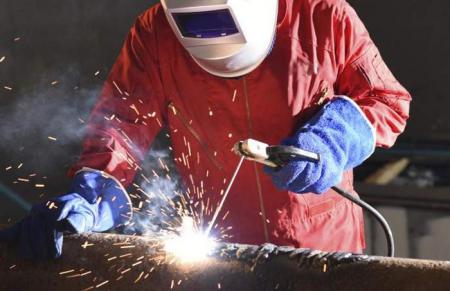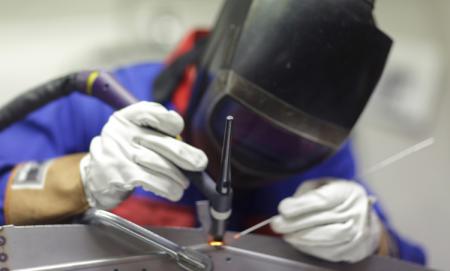


Sometimes, defective joints and their repair costs are due to the wrong choice of wire, whether because of its quality, diameter uniformity, or chemical composition.
First, we need to determine whether the wire will be used on a surface free of grease or other contaminants, as this factor determines whether to choose a standard wire or a more expensive one for adverse conditions.
It is very important that the chemical composition of the wire is uniform throughout the entire spool and consistent across spools, so fixed machine parameters can be set for specific parts and operations.
To minimize slag and make it easier to remove, it”s better to choose MIG welding wire spools alloyed with aluminum, manganese, silicon, titanium, or zirconium, which help remove excess oxygen and form a light surface slag that can be easily removed.
The deoxidation of molten metal is crucial to minimize porosity. The best deoxidizers are aluminum, titanium, and zirconium.
The most common types of MIG wire for welding mild steel are ER70S-3 and ER70S-6, but they are not suitable for stainless steel.
ER70S-3 is used for steels that have been properly degreased and cleaned. ER70S-6 can be used when such cleaning is not possible, but this wire is a more expensive consumable.
There are special wires for welding without argon gas, but in addition to being more expensive due to the inclusion of a flux core, they produce more spatter and make it difficult to see the weld.
ER70S-6: For carbon steel. Use with CO2 gas or C-25 (75% argon, 25% carbon dioxide). Suitable for welding thin sheets.
E71T-GS: Does not require gas. Suitable for outdoor welding in windy conditions. Can weld rusty, dirty, or painted pieces. Not recommended for thicknesses below 1.5 mm.
ER308 and ER308L: For stainless steel. Use only with argon gas or an argon-helium mix.
ER-1100 and ER-4043: For aluminum. Typically used with argon and helium, excellent for welding thick plates and cast parts. Widely used in the industry.
ER-5356: For aluminum. Contains 5% magnesium. Optimal for most applications. High tensile strength. Used in the industry for manufacturing rolling fuel tanks.
Another important factor to consider is the wire diameter and the uniformity of its cross-section. Abrupt variations in its size can cause welding defects or mechanism blockages.
As a rough guide, this list can help you decide the wire thickness to use based on the thickness of the piece to be welded:


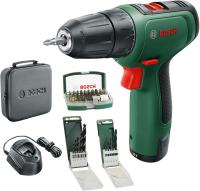
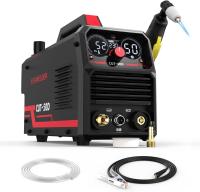

They are already part of the Job Board
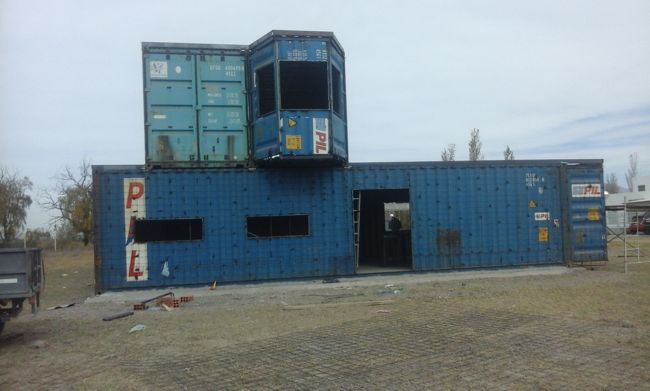
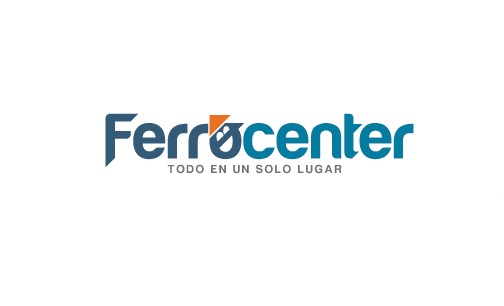

Relacionados:
